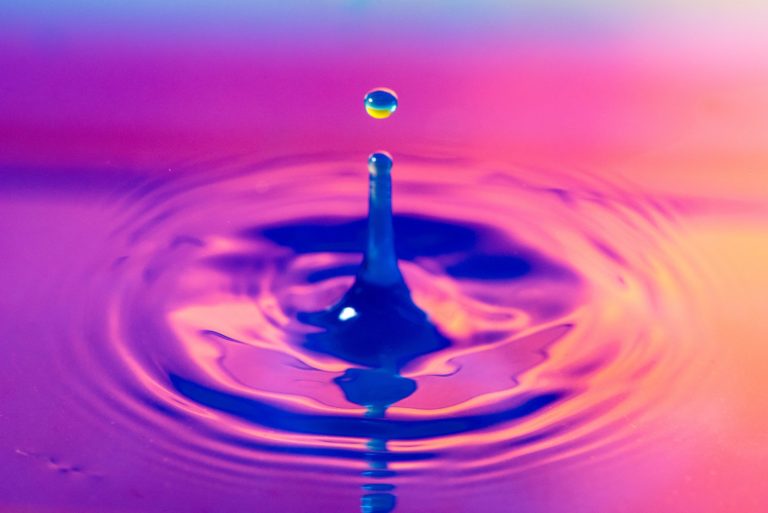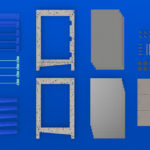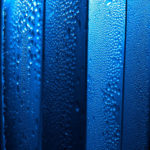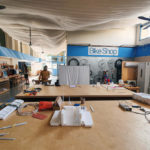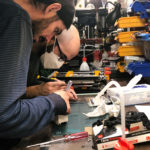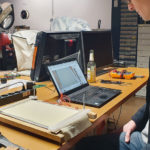Making nearly any water drinkable with aN Open Source Device
An Open Source Hardware collective of engineers & designers has come up with a solution globally designed, locally produced, for drinkable sea water. Open source, of course.
About 70 percent of the Earth’s surface is covered by water, but most of it is saline. According to the National Geographic, only 2.5 percent of all water on our planet is fresh, and only 1 percent of that is easily accessible (the rest is in snow and glaciers). Most of this freshwater needs to be purified to be safe for human consumption.
The water crisis
With a rapidly growing population, it is no surprise that millions of people in the world do not have access to safe drinking water. Experts estimate that about 4 billion people, or two-thirds of the world’s population, experience “severe water scarcity” for at least a month of a year. Half a billion people experience it all year round.
Lack of access to safe freshwater creates or contributes to a host of problems. The most obvious one is disease. People who do not have access to safe drinking water have to get their water from unreliable sources, which often makes them sick. The World Health Organization (WHO) estimates that at least 2 billion people globally drink water from sources contaminated with feces.

Another problem is that people, often women and girls, must travel long distances to get to these water sources. This takes time that could have been spent studying (for children) or working, thus trapping communities in a cycle of poverty. Women and girls are also in danger of being attacked during these long walks.
Many communities facing water scarcity do have access to an abundant water source – the sea. Seawater is not suitable for human consumption, but a solution does exist: desalination.
Seawater and almost any water can be turned into drinking water at a household level using a globally co-designed Open Source Hardware device. The design is shared free of charge for local production. Read further for more info.
Making seawater potable
Desalination is the process of removing salt from seawater, making it drinkable. This is done either by boiling the water and collecting the vapor (thermal) or by pushing it through special filters (membrane). The problem is that this process requires vast amounts of energy, making it unaffordable for impoverished communities and exacerbating climate change.
Still, the world’s growing population and the demand for potable water mean that the market for desalinated water is expected to grow, at about 9% per year in the next five years, according to one estimate.
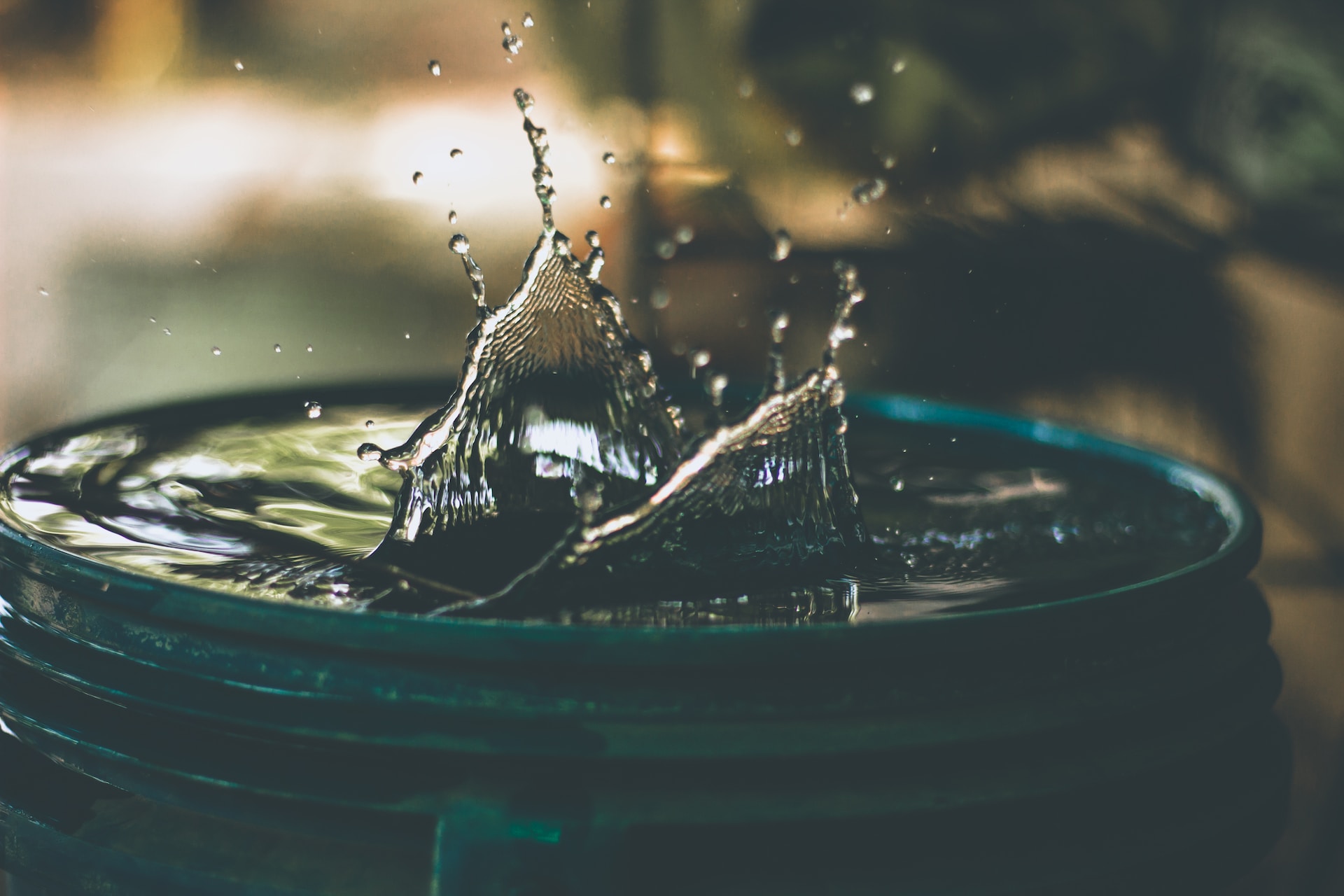
The open source device to desalinate water
Makers and innovators who took part in the What Design Can Do challenge came up with a brilliant idea, globally designed, locally produced, entirely open source that run on thermal energy.
Such Greek-German Open Source Hardware collective of engineers & designers, supported by many, have been broadly and holistically exploring and researching for a year; a Proof-of-Concept Prototype has recently been produced.
They have taken a holistic ecosystem approach. The design will continuously evolve through field experience from users, scientists, makers, entrepreneurs & anybody who wants to contribute – bringing forward an instantaneous, evolving, holistic, democratic flow of circular design innovation for our most precious element water.
Design Challenge: Water purification is a question of Energy and Technology and they learned from scientific and field experience that the design context and approach equally matters. So theu provided a holistic and open space for innovation in Small Scale Solar Desalination, powered by a broad community.
Technology: The core technology is robust, proven and runs on thermal energy – so it can be powered by simple solar-thermal energy or other heat sources. Through modularity the design can be customized for the user’s needs and according to different environments.
Production: The production is done locally – close to the water challenge by the user or even a social business. The necessary tools, such as 3D printers and CNC Cutters, can already be found in thousands of Makerspaces and Fab Labs around the globe.
source: What Design Can Do
cover image: Johnny Brown via Unsplash
Maker Faire Rome – The European Edition has been committed since its very first editions to make innovation accessible and usable to all, with the aim of not leaving anyone behind. Its blog is always updated and full of opportunities and inspiration for makers, makers, startups, SMEs and all the curious ones who wish to enrich their knowledge and expand their business, in Italy and abroad.
Follow us, subscribe to our newsletter: we promise to let just the right content for you to reach your inbox.


